Bloody Footprints of Kyoto Castles – a Tragedy That Became a Symbol of Honor (7 photos)
Shadows of the past lurk beneath the ceilings of Kyoto's ancient temples and castles, echoes of brutal times when Japan was the scene of endless wars. 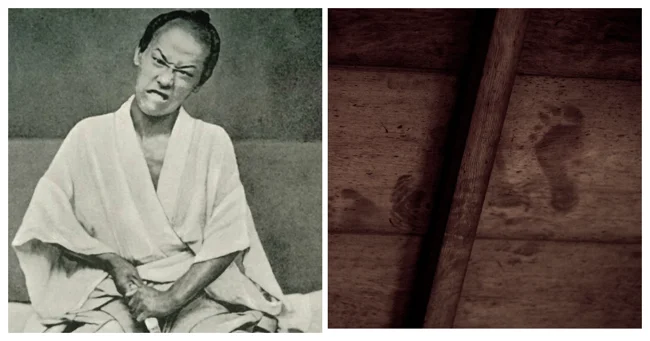
These ceilings, soaked in the blood of samurai, have become a symbol of courage, honor, and the tragic fate of those who chose death over shame. The story of their origin takes us back to the last days of the "age of warring clans" - the Sengoku period, when Japan was torn between the ambitions of powerful daimyo seeking power.
Fushimi Castle: The Last Fortress of Honor 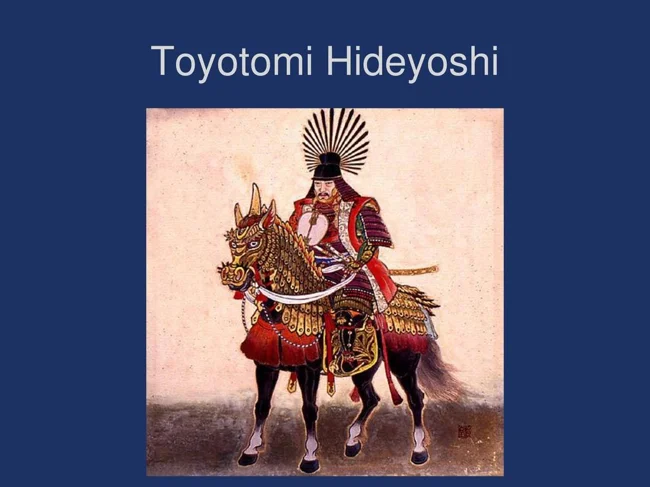
Toyotomi Hideyoshi - Unifier of Japan
Fushimi Castle in Kyoto was more than just a fortress - it was the site of one of the most dramatic sieges in Japanese history. Its fall came at the end of an era of constant conflict, when the country was on the verge of unification under the rule of Tokugawa Ieyasu. However, the path to peace was drenched in blood.
After the death of Toyotomi Hideyoshi, who had nearly completed the unification of Japan, political strife erupted with renewed vigor. The five regents appointed by Hideyoshi to protect his young son quickly turned into enemies. The most influential of them was Tokugawa Ieyasu, whose ambitions caused fear among the other daimyo. One of them, Ishida Mitsunari, decided to confront him with a huge army of 40,000 men. 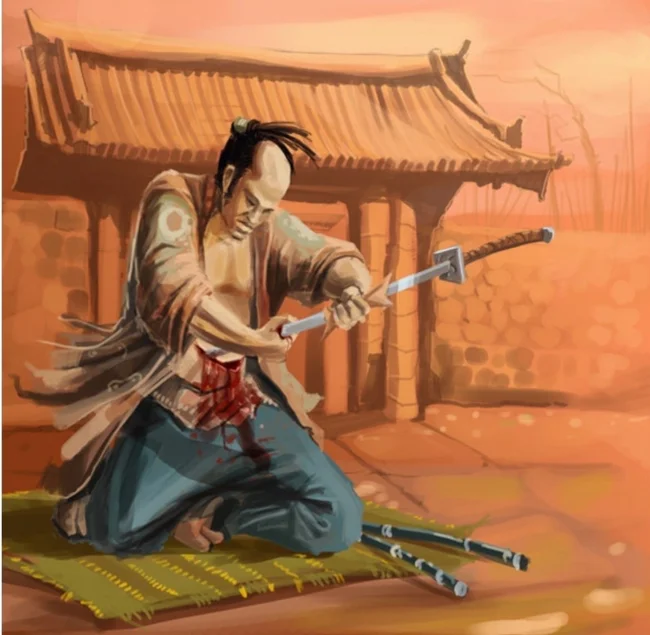
The Ritual of Seppuku
At the center of this storm was Fushimi Castle, left under the protection of the loyal samurai Torii Mototada. As Mitsunari's army approached the fortress, Mototada knew that the chances of victory were almost nil. His garrison numbered only 2,000 warriors, but even this did not break his determination to defend the castle to his last breath.
12 days of heroism and betrayal 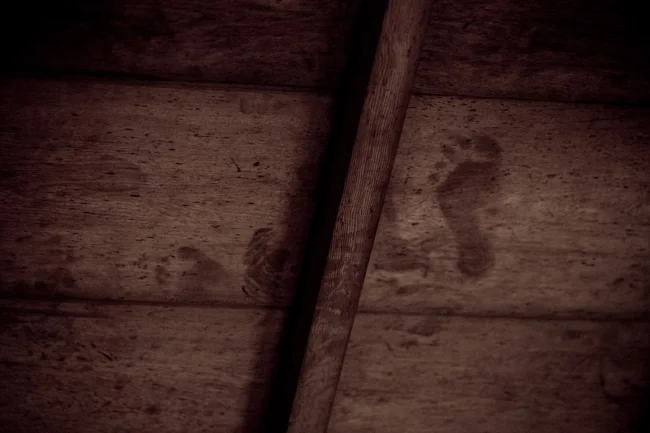
The twelve days of siege became a legend. Mototada's samurai fought with incredible courage, repelling the attacks of an enemy that was many times superior. However, fate decided otherwise: traitors opened the castle gates. The enemies penetrated inside, and the flames of fire engulfed the fortress.
Torii Mototada and his 370 surviving warriors made a decision that became the highest manifestation of samurai honor. They committed seppuku, a ritual suicide by cutting open their bellies. This act, full of pain and courage, symbolized the refusal to accept defeat and the preservation of dignity even in death. The blood of the samurai soaked the floorboards of the castle, leaving an indelible mark on them.
Bloody Ceilings: Eternal Memory of the Sacrifice 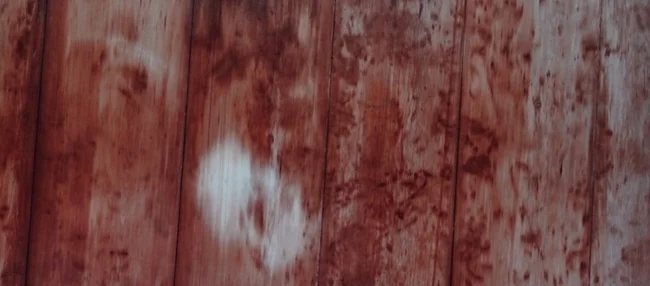
Although the siege of Fushimi Castle is officially considered only a small episode in the history of Japan, it had a huge impact on its future. After the death of Mototada, Tokugawa Ieyasu gathered an army of 90,000 men and won a decisive victory at the Battle of Sekigahara. The battle marked the end of the Sengoku period and ushered in an era of peace under the Tokugawa shogunate that lasted for over two and a half centuries. 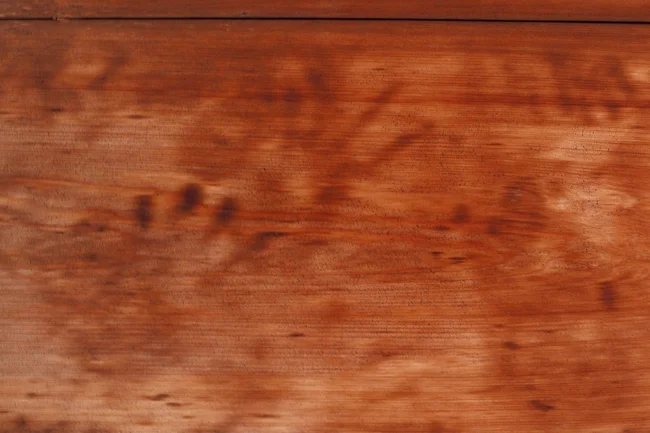
In 1623, the ruined Fushimi Castle was dismantled and its materials were used to build new structures. Of particular note were the floorboards on which Mototada's samurai died. Their blood had soaked into the wood that the stains remained visible decades later. These boards were moved to temples and castles in Kyoto, where they became "bloody ceilings."
Today, these ceilings can be seen in places like Genkoan Temple, Shodenji, Yogenin, Myoshinji, Hosenin, Jinjoji, and Koshoji. If you look closely, you can see handprints and blood stains on the dark wood surface, a silent testimony to the price the samurai paid for their honor.
The Legend Lives On 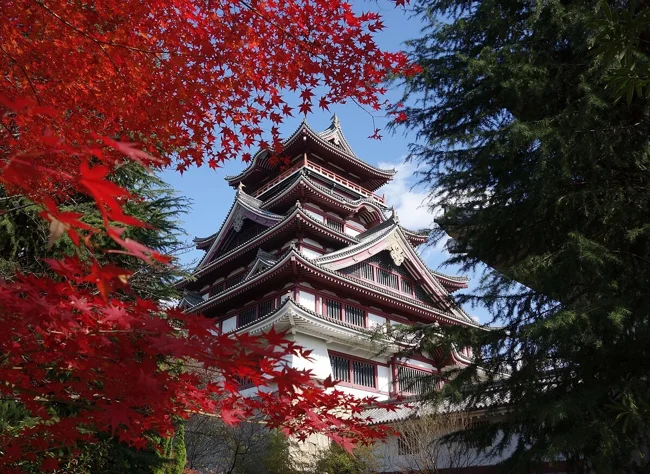
Fushimi Castle Replica
Built in 1964, the Fushimi Castle Replica is a reminder of the events that changed the course of history. But the real traces of that tragedy are not in stone or brick, but in wood soaked in the blood of heroes. These "bloody ceilings" are not just artifacts, they are an eternal reminder of a time when honor and duty were worth more than life.
Everyone who stands under these ceilings cannot help but think about the price at which peace was achieved. The story of Torii Mototada and his samurai continues to inspire and touch hearts, reminding us of the fragility of human life and the greatness of the spirit.






























